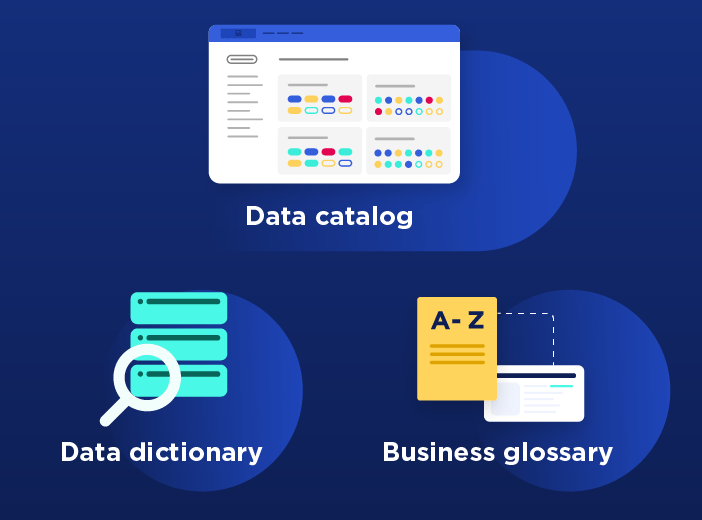Data projects
Ready to dive in?
Book your live demo today
+3000
+25
Countries
8.5/10
Overall satisfaction rating from our customers
[Event] Meet Opendatasoft at Big Data LDN 2025
book a meeting!Datasets often comprise a large number of data points gathered from a range of sources, making it difficult to gain a comprehensive view of what the data contains. Data exploration provides this insight, prior to more detailed analysis.
As it uses data visualization techniques, data exploration outputs (such as charts or graphs) are easier for humans to process, understand and act on.
Data exploration helps identify:
Data exploration provides the foundation for data analysis, enabling:
Data exploration can be carried out through both manual analysis and automated data exploration software solutions. Manual methods include writing queries scripted in languages such as Python, SQL or R, and spreadsheets such as Microsoft Excel, while automated data exploration tools, such as data visualization software and business intelligence software, help speed up and scale the process.
Exploratory Data Analysis (EDA), is a subset of data exploration made up of statistical techniques such as correlation, regression testing,standard deviation, dimensionality reduction, significance testing and principal component analysis, used to analyze data sets for their broad characteristics.
There are three general steps included in data exploration:
While it has similarities with other data techniques, data exploration is a standalone discipline, as the comparisons below show:
Data exploration manually analyzes data, whereas data mining is an automated process that aims to extract useful information and patterns from large datasets. Data exploration typically occurs before data mining in order to understand relationships and thus focus algorithms most effectively.
Data exploration often involves data visualization, helping to understand datasets and find patterns by representing them visually, such as through charts and graphs. However, data visualization has many more uses than solely data exploration – for example, it can be used to visualize datasets on a data portal or data marketplace, as graphs, maps and dashboards, helping make them more understandable and usable to non-specialists.
Data discovery and data exploration are related but different concepts. Data discovery involves the process of helping users to search for and find specific data, such as through a data catalog or data marketplace. It is key to making data assets available and consumable at scale across organizations and ecosystems. Data exploration happens before data discovery, and gives deeper insight into the meaning of a dataset by identifying areas or patterns to dig deeper into.

Organizations face an unprecedented explosion in data volumes. However, this information is scattered across the business, in multiple formats, making it difficult to organize, analyze and share. How can organizations gain control over their data and use it effectively?

How can you maximize the value of data and use it to achieve organizational objectives? That’s the ambitious goal of many data leaders as they plan for 2025. In an increasingly digitalized world, where data volumes are exploding, to generate value data leaders need to enable everyone in the business to easily access the right information in a seamless way. Data marketplaces are essential to this, delivering capabilities that move beyond traditional data catalogs, as this article explains.

Growing data volumes, increasing complexity and pressure on budgets - just some of the trends that CDOs need to understand and act on. Based on Gartner research, we analyze CDO challenges and trends and explain how they can deliver greater business value from their initiatives.